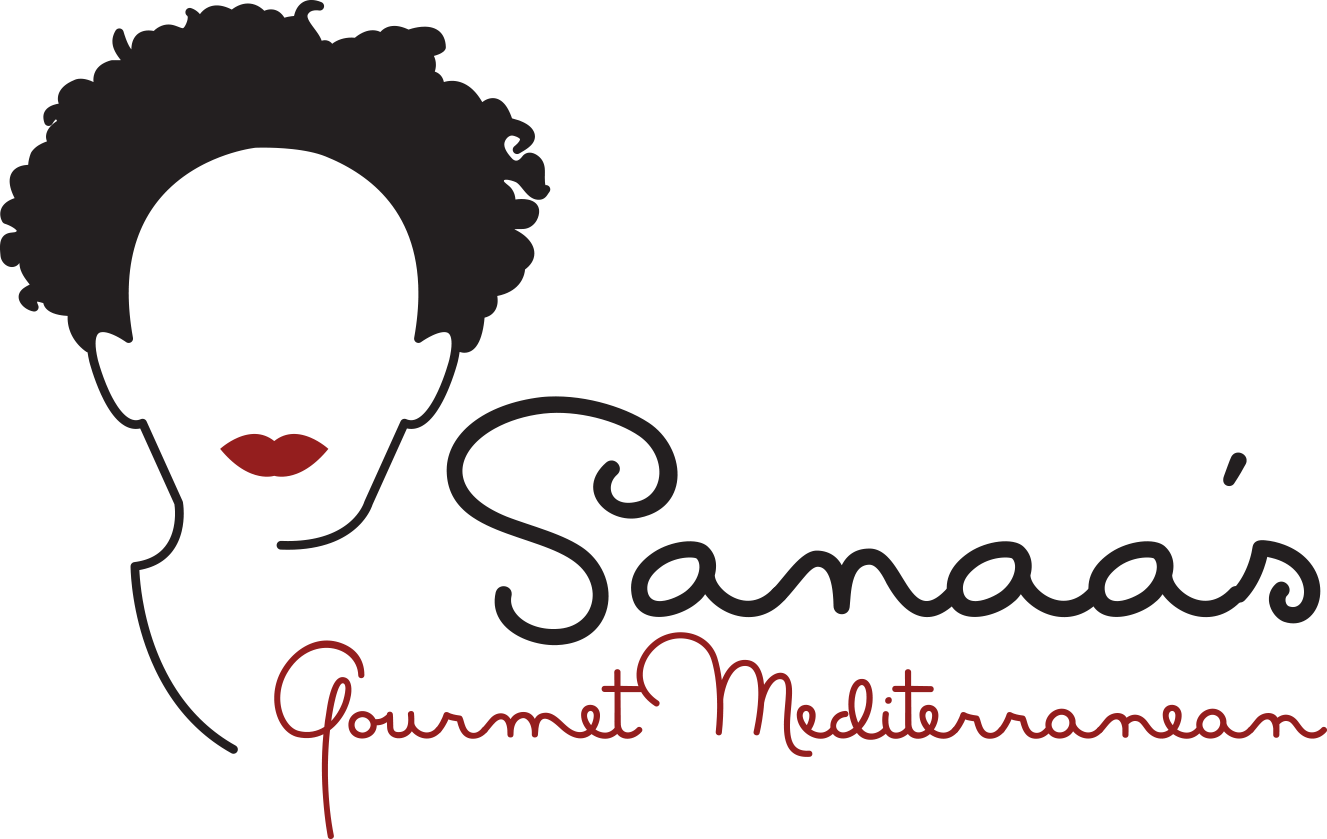What do you know about Bulgur? Tomato bulgur pilaf
One of the great inventions of cooks in the Levant is bulgur wheat. Buglur is made by bar-boiling wheat, which is defined first as boiling the wheat, then drying it. Bulgur is an ingredient that adds such a great deal do dishes from that part of the world. It gives body as well as flavor to anything to which one adds it. Bulgur is called several names, it all depend on the translation of the ward. Sometime you find it as bulgar, or bulgur and sometimes especially the Middle Eastern Stores it will be called burghoul.One can find bulgur wheat in most stores because it has become a major health food ingredient. It has more fiber and nutrients than rice. Bulgur also does not effect the blood sugar as white rice do which make it a good grain option for diabetic.Bulgur is being produced on a mass scale nowadays because of that. In villages in the Levant, bulgur is dried on the roofs of houses. Generally a village will own only one huge pot in which wheat is parboiled, and the village women will get together to prepare the bulgur, much the same as a quilting bee is conducted here in America. The women get together usually in August because of the availability of the sun for drying the wheat. The pot moves from house to house, according to a mutually agreed upon schedule. At four o'clock in the morning the women taking part will show up at the house of the woman designated for that day's work, carrying the pot. The women from the designated household know she must have coffee ready, as well as the wood for the fire outside where the pot will be placed. It is a pot enough to hold about 110 pound of wheat. It is filled with water and allowed to cook. During the cooking phase of the project, everyone in the village can hear the gossiping and the giggling of the collective cooks. The men, of course, don't mind this noised because their wives doing this job instead of them.
Once cooked, the wheat is poured into a large basket to get rid of the water. The Wheat is then carried to the roof of the house-always flat--where it is spread on bed sheets for drying. They also erect scare crow to keep the birds away from it. Every morning the village's children, usually those under six years of age, will be sent barefooted up to the rood to stir up and re-spread the wheat. After one week of drying the bulgur is carried to the village grinding mill and cracked according to the desire of the woman bringing the wheat. Although grinding is done by machine in modern times, it was not too long ago that it was cracked y donkey power, and, at times, by the women themselves using not so small stone mills. Once cracked, it is taken to the roof once again for further drying.If you are buying bulgur in a store, be careful not to confuse real bulgur with what is labeled "cracked wheat" or "cracked roasted wheat." Bulgur gives recipes a nutty flavor, and cook much more quickly than cracked wheat, which does not have the same flavor.Bulgur Tomato Pilafserves 44 tablespoons olive oil1 medium onion, chopped6 very ripe tomatoes, chopped finely or 1 16-ounce can diced tomato2 cups water1 tablespoon tomato paste2 cups cooked garbanzo beans1 cup coarse bulgur or #3salt and pepper to taste-In a heavy pot, heat the olive oil and saute the onion for few minutes.-Add the tomatoes and saute for additional 5 minutes.-Add the water, tomato paste and the seasoning, bring to a boil.-Stir in the bulgur and the beans. Cover and cook over medium heat for 15 minutes. Remove from the heat and allow the pilaf to rest, covered, for additional 10 minutes. Serve with mixed green salad.


